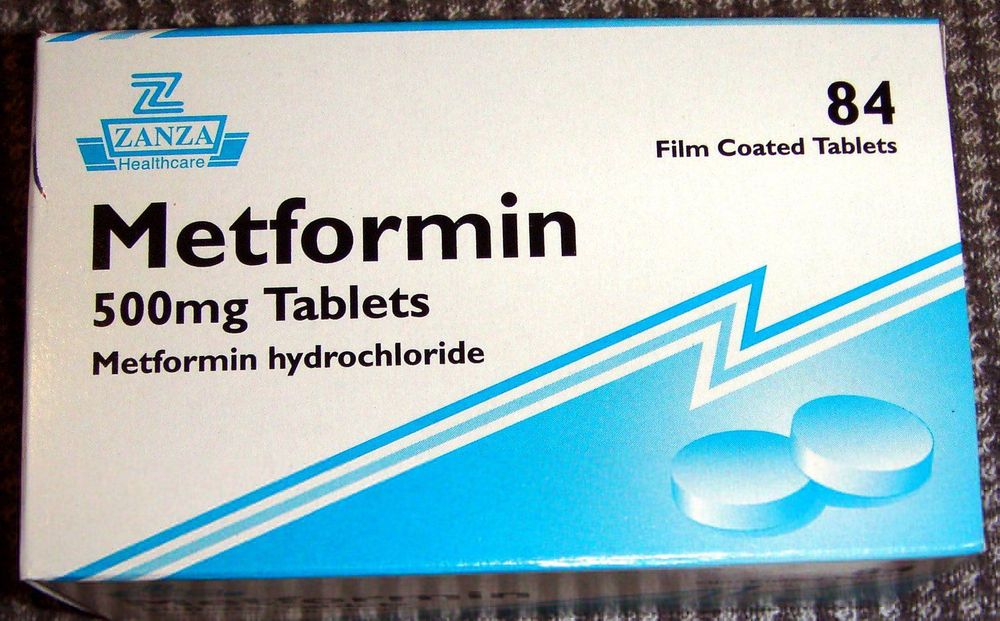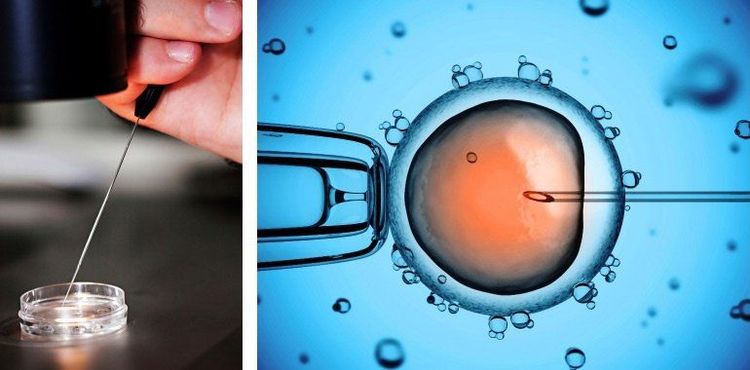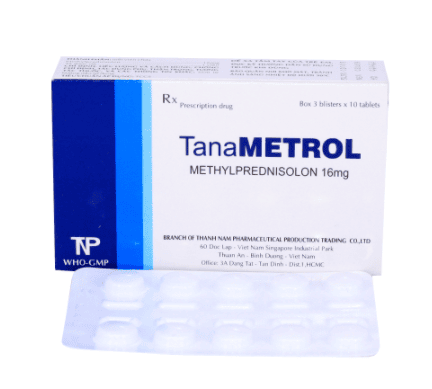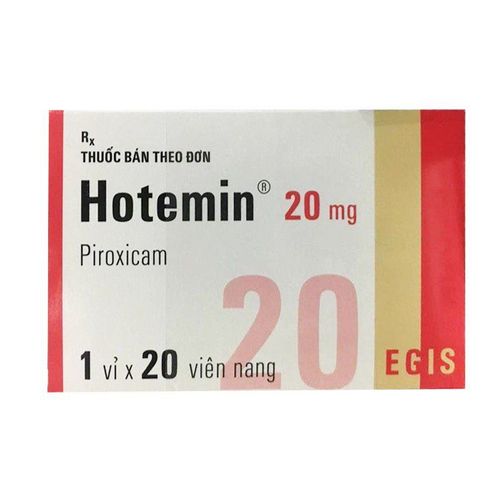This is an automatically translated article.
The article was professionally consulted with Specialist Doctor II Huynh Thi Hien - Department of Obstetrics and Gynecology - Vinmec Nha Trang International General Hospital.Women with PCOS can suffer from diseases such as type II diabetes, atherosclerosis, endometrial cancer, and most dangerously, infertility. So can polycystic ovaries be cured and how to treat polycystic ovaries to avoid the risk of recurrence?
In the treatment of polycystic ovary at present, there is no specific treatment method. Treatment will be based on the purpose and need for treatment, including infertility treatment or non-infertility treatment.
1. Treatment of polycystic ovary causing infertility
The cause of infertility in polycystic ovary is an ovulatory disorder. Therefore, the goal of treatment is to induce ovulation.1.1 Medical treatment First, it is necessary to lose weight for women who are obese or overweight.
Weight loss to reduce fat, reduce insulin resistance can be done by using metformin. Metformin helps activate glucose transport factors into liver and muscle cells, thereby helping to reduce insulin resistance in the peripheral blood, balance blood glucose levels. In addition, metformin does not increase insulin secretion, does not lower blood sugar, therefore, metformin use in the treatment of PCOS is safe for patients. In addition, metformin also has the effect of reducing androgen levels in the blood, helping to improve and restore a normal menstrual cycle, increase the chances of ovulation and pregnancy, and reduce the risk of diabetes. Some studies show that metformin used to treat PCOS during the first 3 months of pregnancy reduces miscarriage rates.
However, it is currently not proven how harmful metformin is in pregnancy or how safe metformin is in pregnancy. The way to use metformin for women with infertility due to polycystic ovary syndrome is a dose of 100mg - 1500mg/day, for 4-6 weeks or 3 months.

Ovarian point burning technique through laparoscopic surgery is currently a new and progressive technique that has been widely used today. This technique gives a high rate of ovulation, regular menstrual cycle and post-operative ovulation. This treatment for polycystic ovaries helps patients respond better to ovarian stimulators after surgery. However, surgical treatment is an invasive method, so the rate of complications during and after surgery cannot be avoided.
Use other assisted reproductive methods to help women conceive if infertility occurs such as: intrauterine insemination (IUI), in vitro fertilization (IVF).

2. Treatment of polycystic ovary is not because of infertility
It is possible to use some hormonal drugs to reduce the symptoms of the disease such as irregular menstruation, hirsutism ... or prevent the occurrence of some long-term disease risks later on such as diabetes, cardiovascular, ... However, after stopping the drug, the symptoms may return.Polycystic ovary syndrome is a common endocrine disorder in women and is also the main cause of infertility. However, many women are often afraid to visit the doctor, so even though there are signs of polycystic ovaries, they do not treat it, leading to unfortunate consequences, affecting the ability to become a mother in the future. Therefore, the treatment of polycystic ovaries should be carried out as soon as possible under the advice of specialists at reputable hospitals.
Please dial HOTLINE for more information or register for an appointment HERE. Download MyVinmec app to make appointments faster and to manage your bookings easily.














